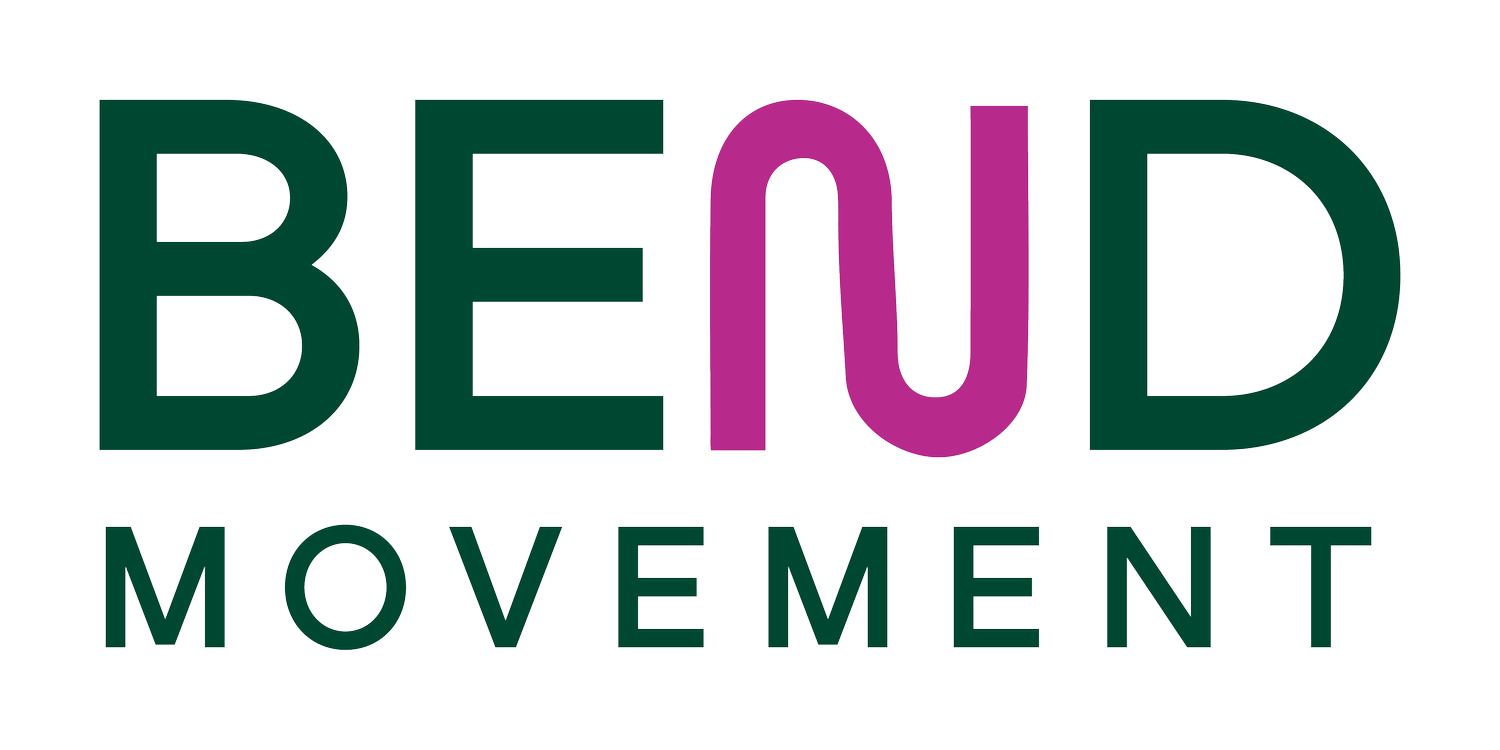Unveiling the Power of Muscle Contractions: A Guide to Training and Adaptation
Muscles are more than just tools for movement; they are intricate systems capable of diverse actions that can promote various adaptations. Understanding the types of muscle contractions and how they impact these different functions into your training can empower you to craft a more effective fitness regimen. In this article, we'll delve into the world of muscle contractions and explore how harnessing the unique qualities of each can help you achieve specific goals.
Concentric Contractions
Concentric contractions occur when a muscle shortens while generating force against resistance. Think of lifting a weight during a bicep curl - the biceps muscle shortens as you lift the weight. Concentric contractions are ideal for:
Strength Development: By lifting heavy weights through concentric contractions, you stimulate muscle hypertrophy (growth) and enhance the ability of that tissue to generate more force.
Power Training: These contractions are essential for explosive movements like jumping and throwing. A faster concentric contraction trains up your nervous system to be able to generate faster force output.
Eccentric Contractions
Eccentric contractions happen when a muscle lengthens while under tension, often acting as a brake to control movement. Lowering a weight during a bicep curl or negatives are examples of eccentric contractions. Eccentric contractions contribute to:
Muscle Recovery and Growth: Eccentric training triggers muscle damage and releases chemicals that promote muscle growth and repair.
Improved Motor Control: Eccentric contractions are vital for activities that involve controlled descents. Owning every inch of the descent in a movement can improve your proprioception, or your ability to sense where your body is in space.
Improved Soft Tissue Length: Focusing on the lengthening of a muscle can promote changes in the length or flexibility of that tissue.
Isometric Contractions
Isometric contractions involve muscle engagement without any change in length. Holding a plank position is a classic example of this kind of contraction. Isometric contractions offer:
Increased Stability: These contractions are used to stabilize joints. Longer isometric holds can promote improvements in endurance.
Enhanced Mind-Muscle Connection: Isometric exercises help you focus on muscle activation and build better control. Because you are holding the position, you can try to focus on engaging the target area more.
Increased Safety/Comfort: Because isometric contractions do not result in a change in muscle length, they can be a safe place to start building up strength. In managing an injury, they can be a way to continue to use the injured tissue but not put too much stress on the area.
Plyometric Contractions
Plyometric contractions involve rapid lengthening of muscle (eccentric) followed by a powerful concentric contraction. Jumping exercises like box jumps fall into this category. Plyometric contractions are effective for:
Explosive Power: These contractions enhance fast-twitch muscle fiber recruitment, resulting in a faster rate of force development.
Sports Performance: Plyometrics improve athletic performance by boosting speed, agility, and coordination. These contractions mimic what our muscle tissue needs to do during our sporting endeavors and thus is a great way to prepare our bodies to handle faster and more forceful activities.
Dynamic Contractions
Dynamic contractions involve continuous, rhythmic muscle actions. Cycling, walking, and swimming are examples of activities that involve dynamic contractions. Dynamic contractions are beneficial for:
Cardiovascular Health: These movements elevate heart rate, enhancing cardiovascular fitness.
Sustainable Endurance: Dynamic exercises build endurance by training muscles to generate force and perform for longer periods of time, improving their efficiency.
Understanding the ins and outs of how muscles function gives you the ability to perform more targeted training to tailor the adaptations you are seeking. Incorporating a variety of contractions into your fitness routine can ensure you are addressing different areas of the movement system. A well-rounded exercise regimen combines different types of contractions to create a balanced and comprehensive approach to fitness.
If you want help figuring out how to fit these different contractions into your movement plan, get in touch with us! Bend Movement is a physical therapy and rehabilitation practice that approaches fitness from a performance perspective. Let us help you program your way to an optimized movement practice!
